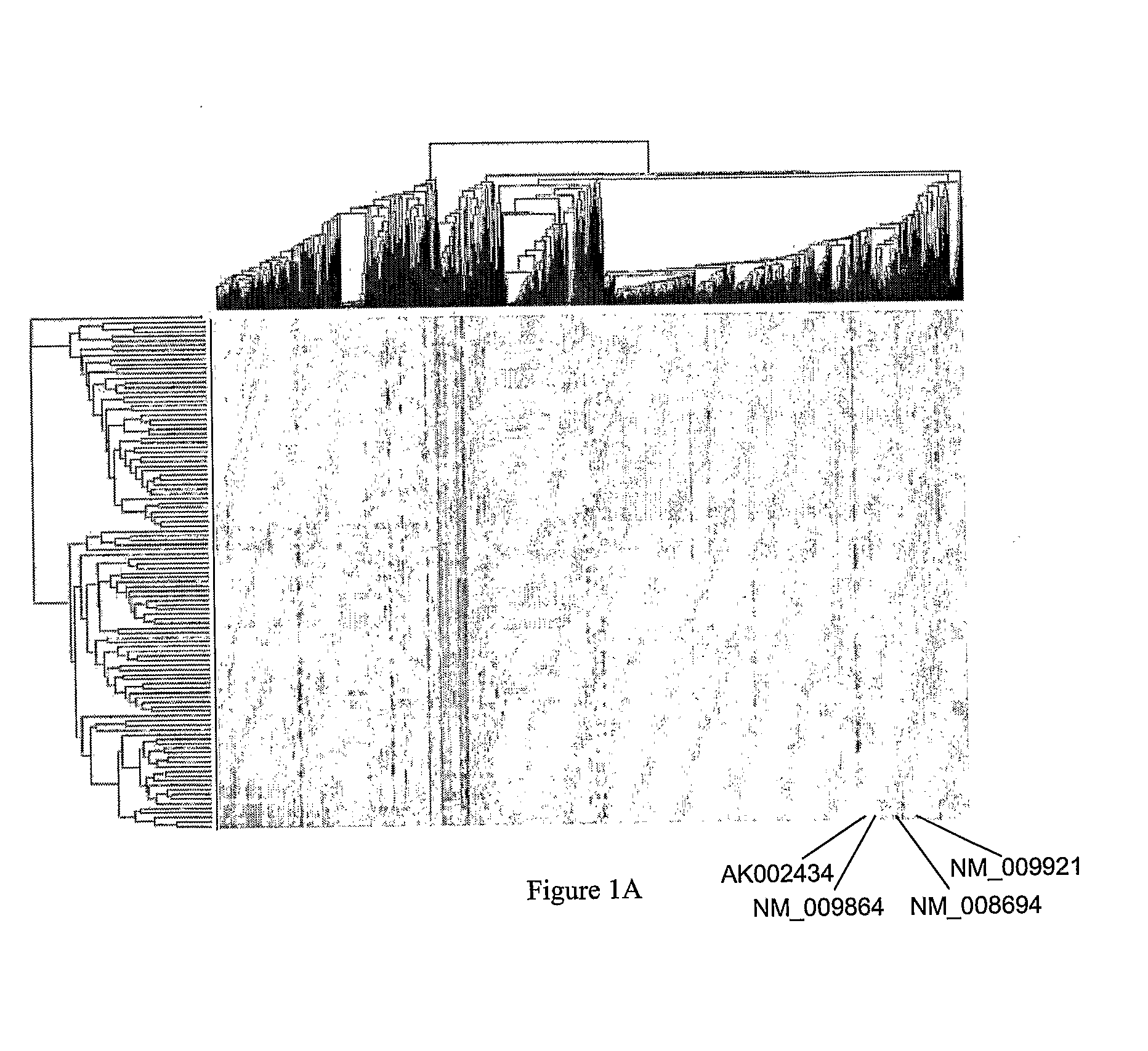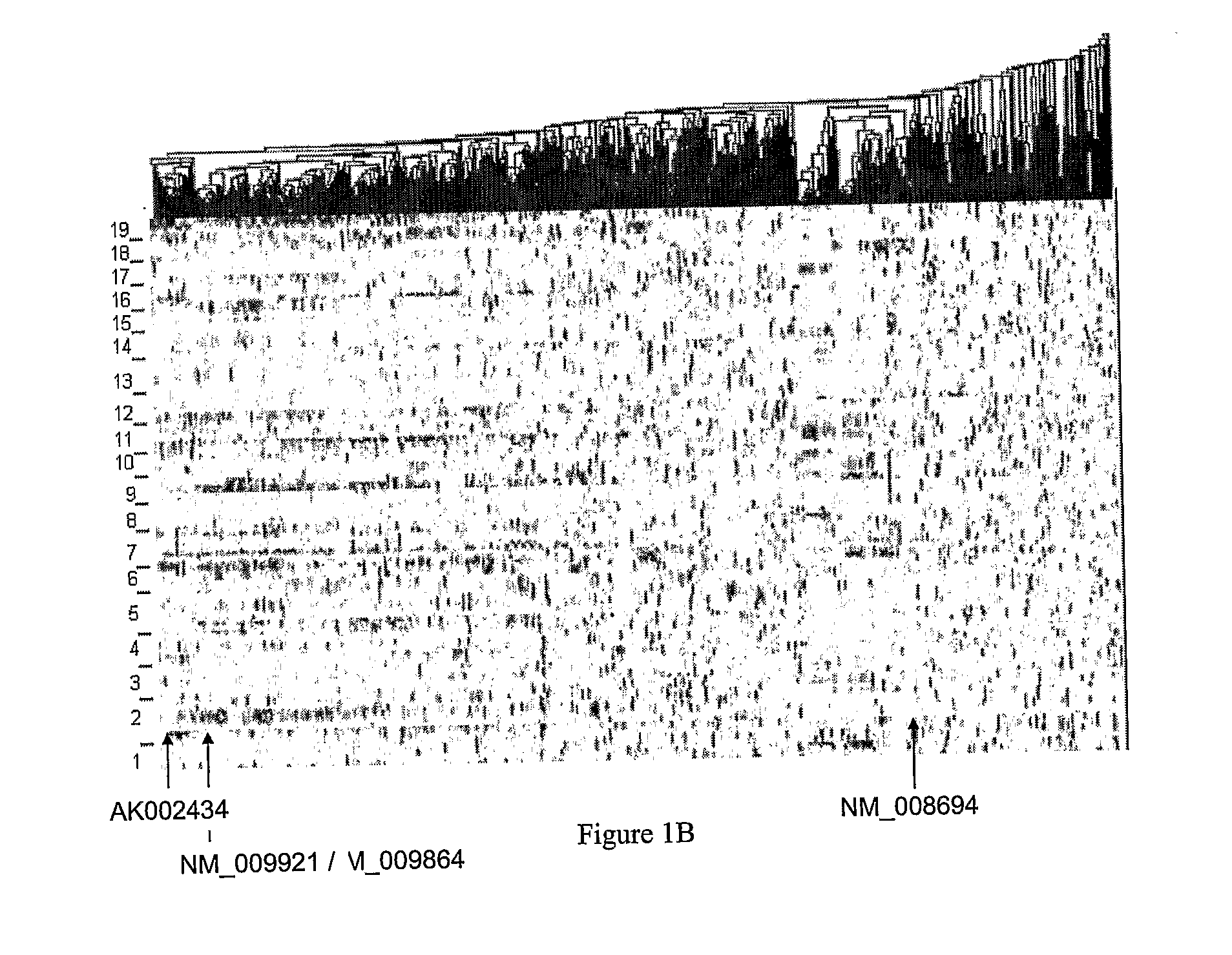Systems and Methods for Reconstructing Gene Networks in Segregating Populations
a gene network and population technology, applied in the field of segregating population gene network reconstruction methods, can solve the problems of limiting the utility of the network, requiring extensive data and other, and reducing the reliability of the causal relationship inferred from time series data, and achieve the effect of predicting the capacity of the network
- Summary
- Abstract
- Description
- Claims
- Application Information
AI Technical Summary
Benefits of technology
Problems solved by technology
Method used
Image
Examples
Embodiment Construction
[0028]Bayesian networks are a promising tool for analyzing gene expression patterns. First, they are particularly useful for describing processes composed of locally interacting components; that is, the value of each component directly depends on the values of a relatively small number of components. Second, statistical foundations for learning Bayesian networks from observations, and computational algorithms to do so, are well understood and have been used successfully in many applications. Finally, Bayesian networks provide models of causal influence. Although Bayesian networks are mathematically defined strictly in terms of probabilities and conditional independence statements, a connection can be made between this characterization and the notion of direct causal influence. (Heckerman et al., 1999, A Bayesian approach to causal discovery, in Cooper and Glymour, 141-166; Pearl and Verma, 1991, A theory of inferred causation, in Principles of Knowledge Representation and Reasoning:...
PUM
 Login to View More
Login to View More Abstract
Description
Claims
Application Information
 Login to View More
Login to View More - R&D
- Intellectual Property
- Life Sciences
- Materials
- Tech Scout
- Unparalleled Data Quality
- Higher Quality Content
- 60% Fewer Hallucinations
Browse by: Latest US Patents, China's latest patents, Technical Efficacy Thesaurus, Application Domain, Technology Topic, Popular Technical Reports.
© 2025 PatSnap. All rights reserved.Legal|Privacy policy|Modern Slavery Act Transparency Statement|Sitemap|About US| Contact US: help@patsnap.com



